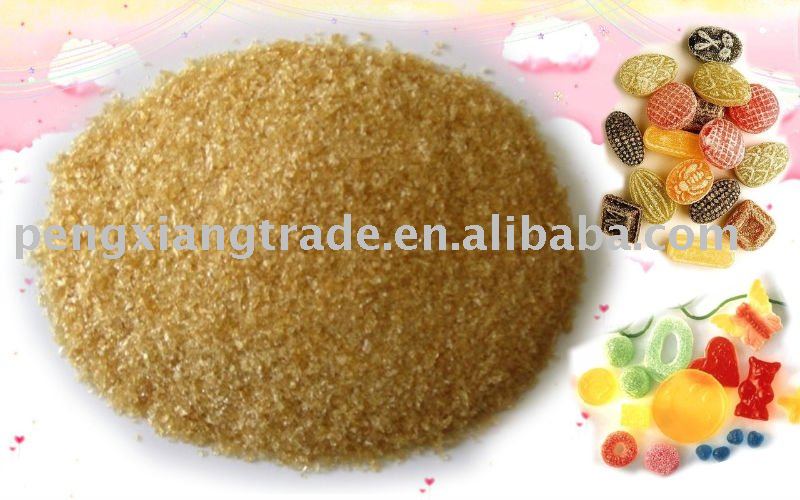
These higher gelatin grades also help hold other essential nutrients together in pet food like protein. Higher grades are used to help bind pet food together, like birdseed. In the equestrian world, low gelatin grades are used to expedite the growth of horse hooves. That includes collagen blends for animals with their care and wellbeing in mind. Gelatin is a crucial ingredient in many products across the board. You’ll find a low bloom of 175 in canned hams, while jellied meats typically require a higher strength of gelling ability at 250 – 275 bloom. The meatpacking industry has been using different grades of gelatin for meat glue substitutes for more than 75 years. The same idea applies to other tasty treats like marshmallows, gummy candy and fruit chews, which all use various gelatin grades in their ingredients.īut food grade gelatin isn’t just for people with a sweet tooth. If the gelatin grade were a different strength, the dessert we’ve come to love through the years wouldn’t be the same. Classic desserts like Jello generally use over 250 bloom Bovine gelatin to get just the right texture and form. Food grade gelatin is no stranger to the world of sweets. We have gelatin to thank for a lot in the culinary world. Bone gelatin is made in a different process, rendering much higher viscosities – making this much more suitable for softgel applications.

This is good for most food applications, but not pharmaceutical. However, bovine hide gelatin is manufactured in a way that produces high bloom gelatin with relatively low viscosity. Hide, another type of medical grade gelatin, is sometimes used instead of bovine bone for softgels. Bovine pharmaceutical-grade gelatin provides a high viscosity to bloom ratio, which is necessary to create softgel capsules. Pharmaceutical Grade Gelatin is used in the production of hard and softgel capsules, along with other nutritional supplements. Below, you’ll see some of the ways varying bloom strengths are effective in different grades of gelatin depending on the industry. Types of Gelatin Grades Applied in Different IndustriesĮach grade of gelatin serves a purpose. To get a better idea of gelatin grades in action, let’s take a look at some examples.

For example, gelatin with 100 bloom has the least gelling ability, while gelatin with 200 or 225 has significantly more. In layman’s terms, the higher the bloom, the stronger the gelatin grade and, ultimately, the greater the ability the gelatin has to hold everything together. Blooms start at 100 and increase in intervals of 25. While modern technology has since replaced the Gelometer, the term ‘bloom’ is still used to define gelatin grades. Once the test was complete, the gelatin being examined would receive a gelatin grade to indicate its strength. The Gelometer’s outcome determined how the gel would be graded and priced. This device tested gelatin’s overall strength and gelling ability. Bloom who developed and patented the Gelometer. Gelatin grades were developed in 1925, by chemical analyst Oscar T.


 0 kommentar(er)
0 kommentar(er)
